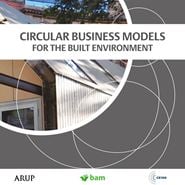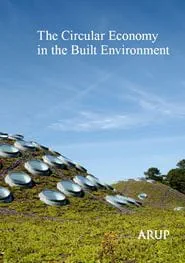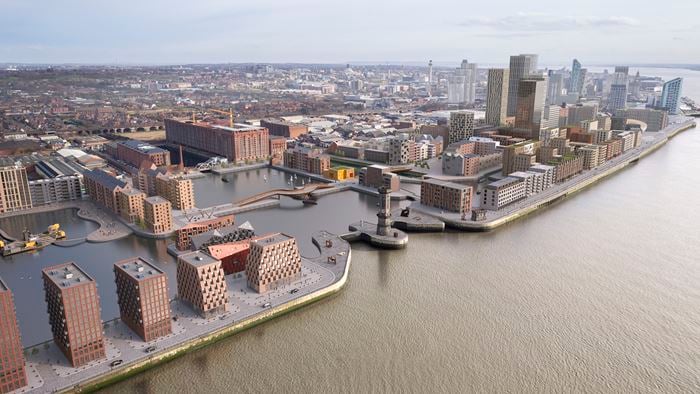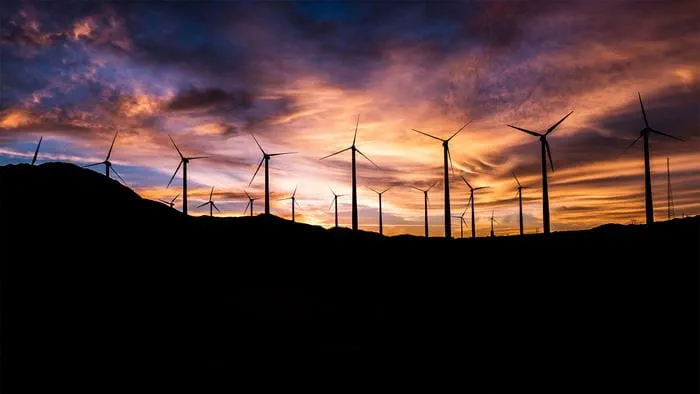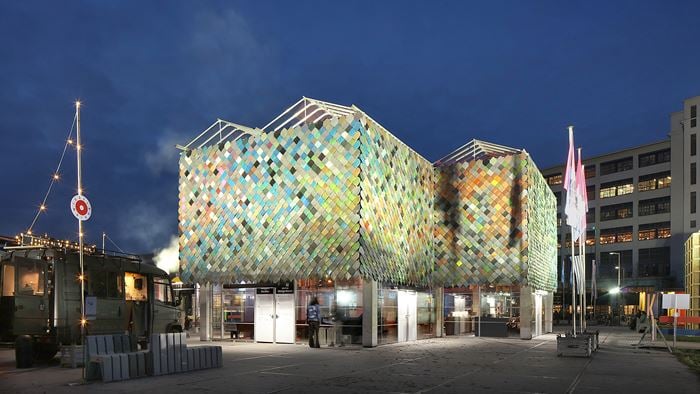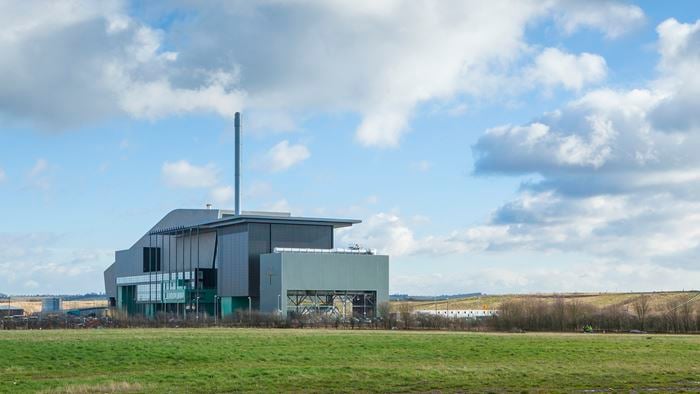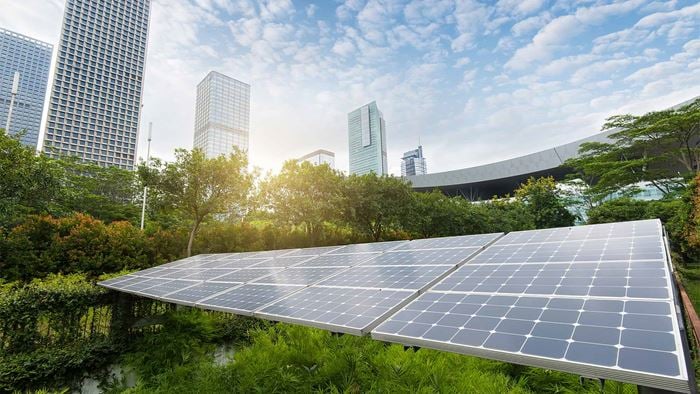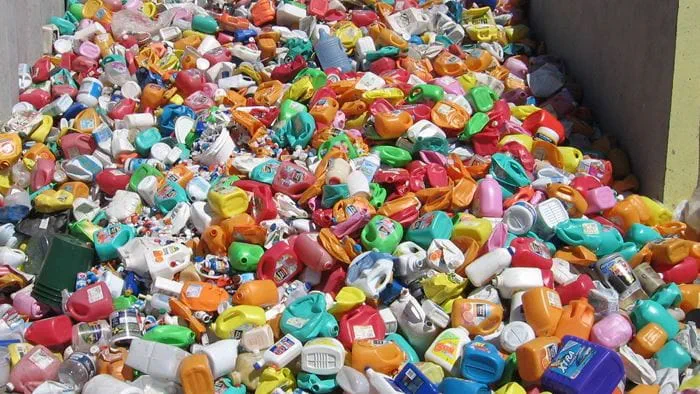Waste is a spoil or an opportunity, depending on how you look at it. On the one hand, if you look at the figures in Australia, our consumption habits as a nation are alarming. We are the second highest producers of municipal waste, per person, in the world with each of us sending over 690kg of waste to landfill each year (the United States is the highest waste producer). The amount of waste placed in landfill each year in Australia is enough to cover the state of Victoria.
However, on the other hand, this also means that we have more of an opportunity to create a massive impact by turning it on its head. We have an opportunity to accelerate the move away from landfilling and use advancement in technology and science to truly consider waste as a resource of value and not a worthless product of our consumption. An opportunity to present ourselves as a progressive nation that can continue to legitimately export ‘lifestyle’, but now in a sustainable sense, to the rest of the world. An opportunity to embed circular thinking into the fabric of our society creating triple bottom line benefits – for the economy, society and the environment.
The idea of a circular economy is not new to Australia.
It has been floated in the media, but it has gained further attention recently thanks to the Ellen MacArthur Foundation. You may remember Ellen, the plucky British yachtswoman who in her twenties broke the world record for the fastest solo circumnavigation of the globe. Her experience and observations at sea urged her to create a charity dedicated to promoting a smarter way of thinking about the earth’s resources and challenging the current take-make-use-dispose model – through a regenerative, circular economy.
Find out more about the circular economyHere’s a great three minute video that explores how through a change in perspective we can redesign the way our economy works - designing products that can be 'made to be made again' and powering the system with renewable energy:
Doing more with less would bring more wealth and jobs, less landfill, resource depletion and environmental damage. The World Economic Forum estimates the circular economy could be worth $1tn worldwide and $26bn in Australia by 2025. So why, you may ask, have we not seen great leaps in that direction, to date and what can we do to change that?
“At the moment, for most Australians, waste management doesn’t create a sense of urgency or concern, as waste is effectively managed in an efficient and cost effective manner. ”
Joyanne Manning Principal
We have plenty of space so we rely heavily on landfilling as a cheap and easy solution.
However, as population grows, resources become harder and more expensive to access, and the dawning realisation that we will need to cut carbon emissions to have any real future means it is becoming ever more critical to find alternative means of sourcing and using materials. Generally big step changes are as a result of a crisis, consider the change in water consumption practices in Queensland during the drought of the early 2000s. So in the absence of a crisis, how can we create that sense of urgency needed to drive a mindset change?
What will move our behaviours up the pyramid of waste hierarchy, and reduce our reliance on landfill disposal?
I believe that Australia, being a dynamic young nation of a tangible size with established governance systems, has the capability and maturity to adopt this new standard of thinking. It is largely free from the shackles of history when it comes to established, entrenched infrastructure and systems.
However, traditionally, resource recovery and waste management policy has been driven at a State level which results in the loss of the economies of scale and influence that can be gained by providing federal direction. The step change towards a circular economy that is being observed in Europe is as a result of direct intervention from the European Parliament. If the Federal Government promoted a systemic transition to circular thinking, Australia could set a new standard, a new way of doing things that could be emulated elsewhere in the southern hemisphere and place us in the vicinity of other developing circular economies like Denmark, Japan and the Netherlands.
“Australia would benefit from establishing a national body to coordinate working towards common goals; create a roadmap towards a systemic transition that will require a cross-industry, cross-performance and multidisciplinary approach. ”
It could host a database of costed projects illustrating the added value or cost savings within specific services (such as waste or materials) which would help support the business case for clients and contractors considering circular initiatives. These examples could be disseminated through well-known industry channels, platforms and events.

We have the great luxury of being able to capitalise on intelligence learned elsewhere, putting us on the front foot. We already know from studies in Europe that waste prevention, reuse and recycling have the highest potential to reduce GHG emissions. If the C40 cities of Sydney and Melbourne are to meet their targets in achieving the Paris Agreement’s objective of limiting global temperature rise to 1.5 degrees (and to reach ‘peak’ emissions in the next three years as outlined in Deadline 2020), we need to reprogram our approach to waste management.
Read more of Arup's research on the Circular Economy
It could be the end of personal ownership and the beginning of hiring everything we need.
It’s goods being supplied to us by big companies as a service – and taken away again or replaced almost before we know they need to be fixed. There have been some in-roads at the State level. South Australia looked to overseas precedents to get quantified, reliable information on just what the practical benefits of a circular economy might amount to. It is home to Australia’s first co-digestion facility creating bio-energy, mainly from food waste.
Extracting value from food waste appears to be an emerging trend in infrastructure planning, where the once parallel fields of water management, waste management and energy are teaming up. It’s a worthy pursuit – organic waste is the country’s largest unrecovered stream of waste that goes into landfill and the largest source of GHG emissions. If we can use it to produce energy, such as biofuel, it can benefit every state, not just SA.
Interestingly, the Cowra biomass project in New South Wales is a community-driven circular economy example that is looking to produce 60% of the town’s energy needs through its energy from waste plant. The anaerobic digestion process used organic waste streams to produce energy and a residual product (digestate) that can be recycled as a fertiliser.
A change of approach cannot just be taken by government, or even the waste industry, it’s a journey society must make together. It’s a change in mindset. It could be the end of personal ownership and the beginning of hiring everything we need. It’s goods being supplied to us by big companies as a service – and taken away again or replaced almost before we know they need to be fixed. In short, it’s a big shift in thinking and doing.
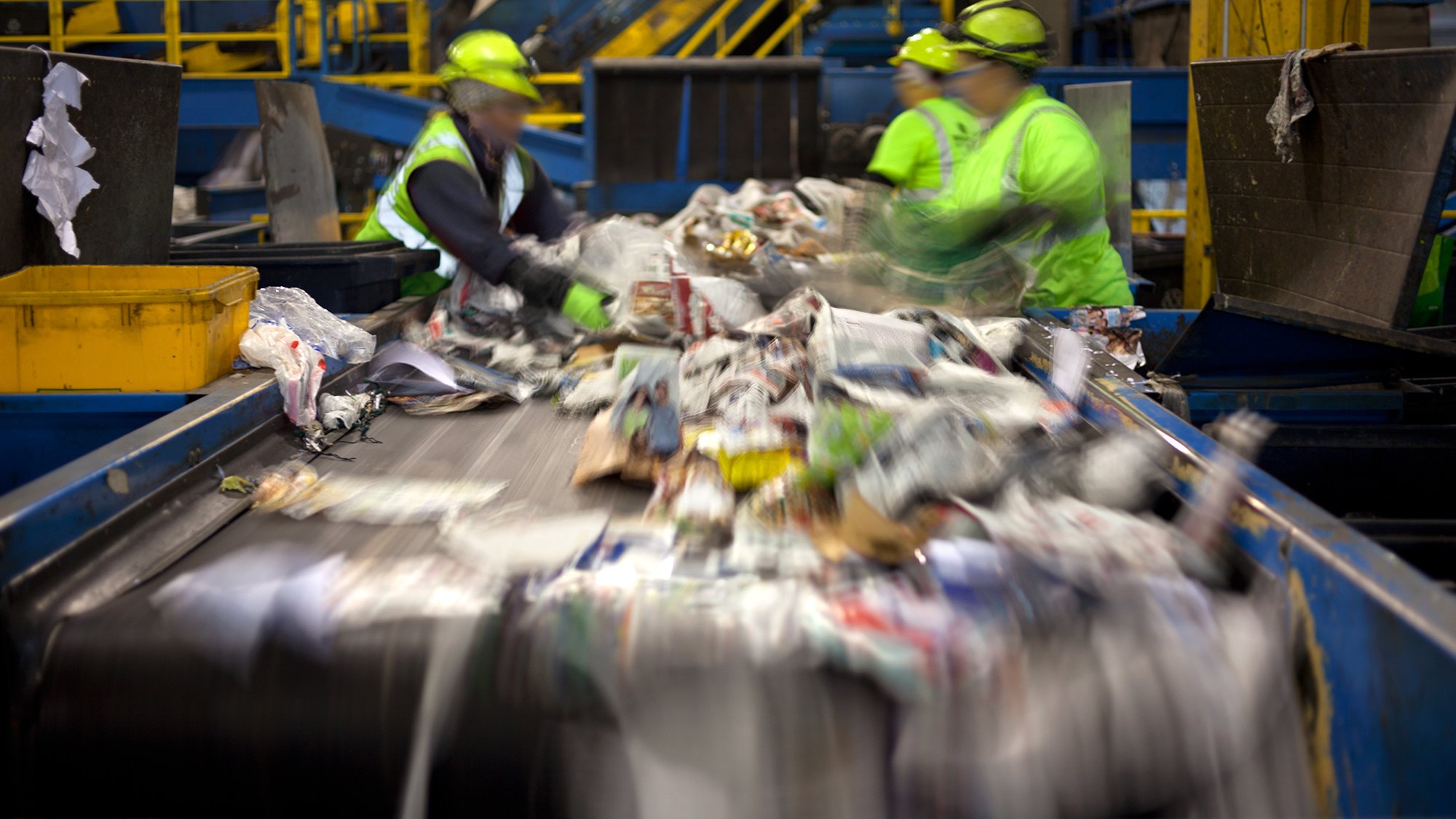 ;
;



